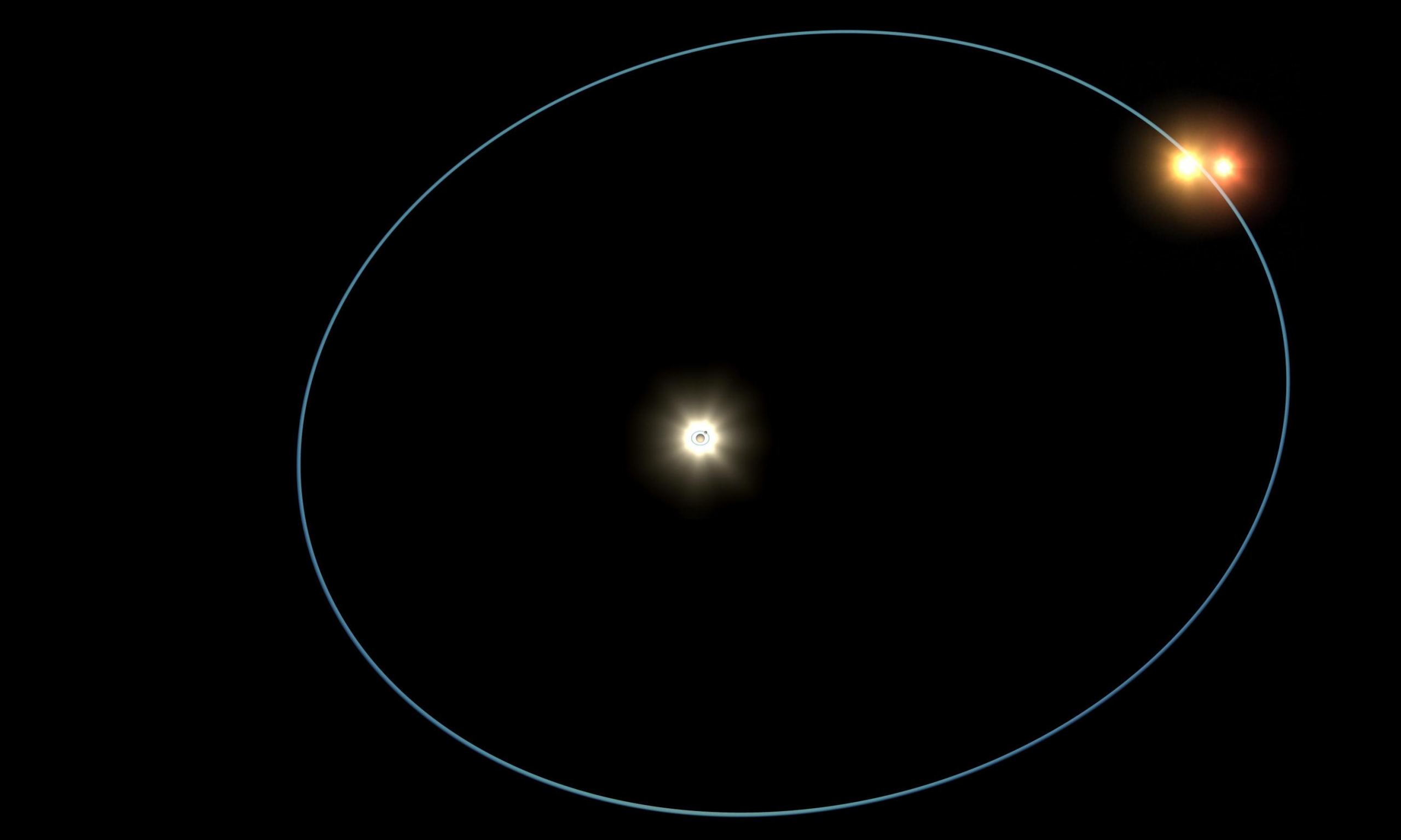
There are two leading explanations for dark matter, massive particles that don't interact with regular matter apart from gravity and a subtle difference in how gravity behaves at large distances. Astronomers have studied the interactions of over 20,000 binary stars with wide orbits cataloged in Gaia data. They found that orbital accelerations of the stars match the predictions made by modified Newtonian gravity and provide compelling evidence for the MOND hypothesis over the dark matter being a particle.
Continue reading
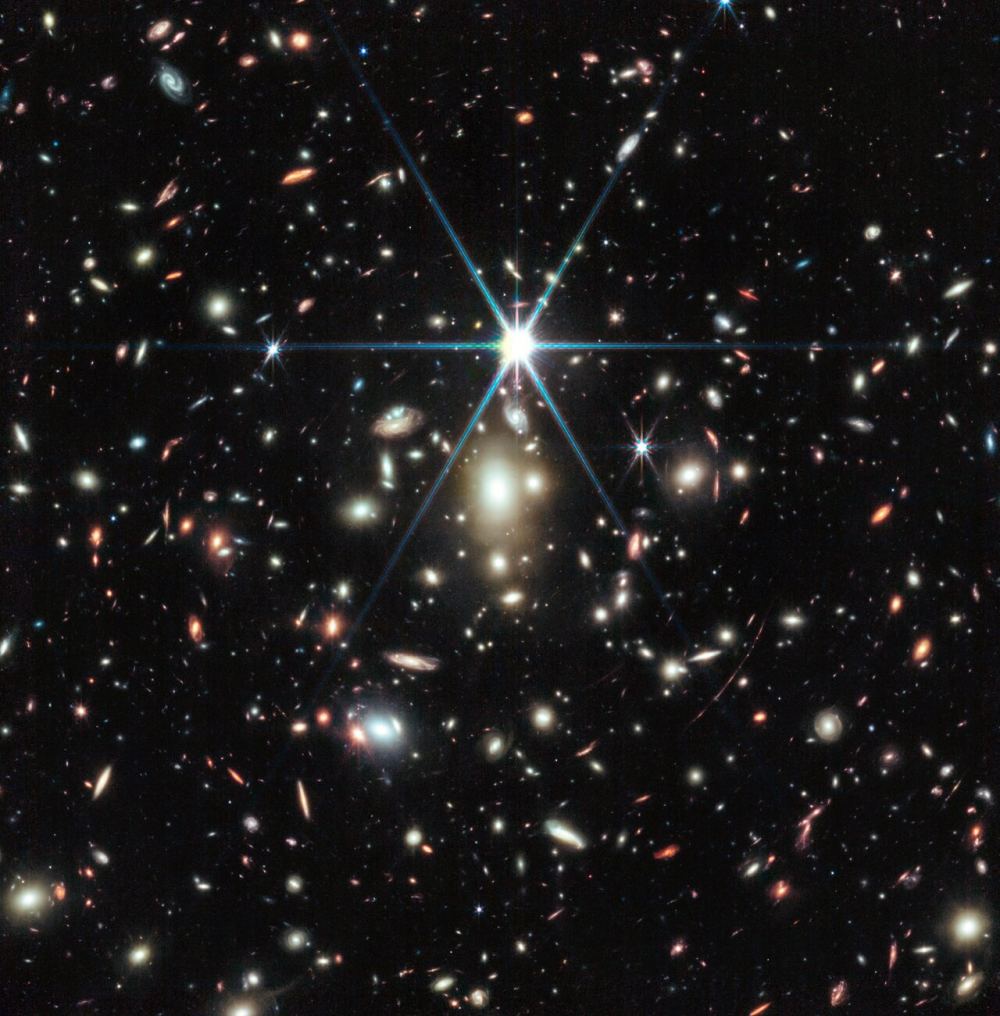
Continue reading
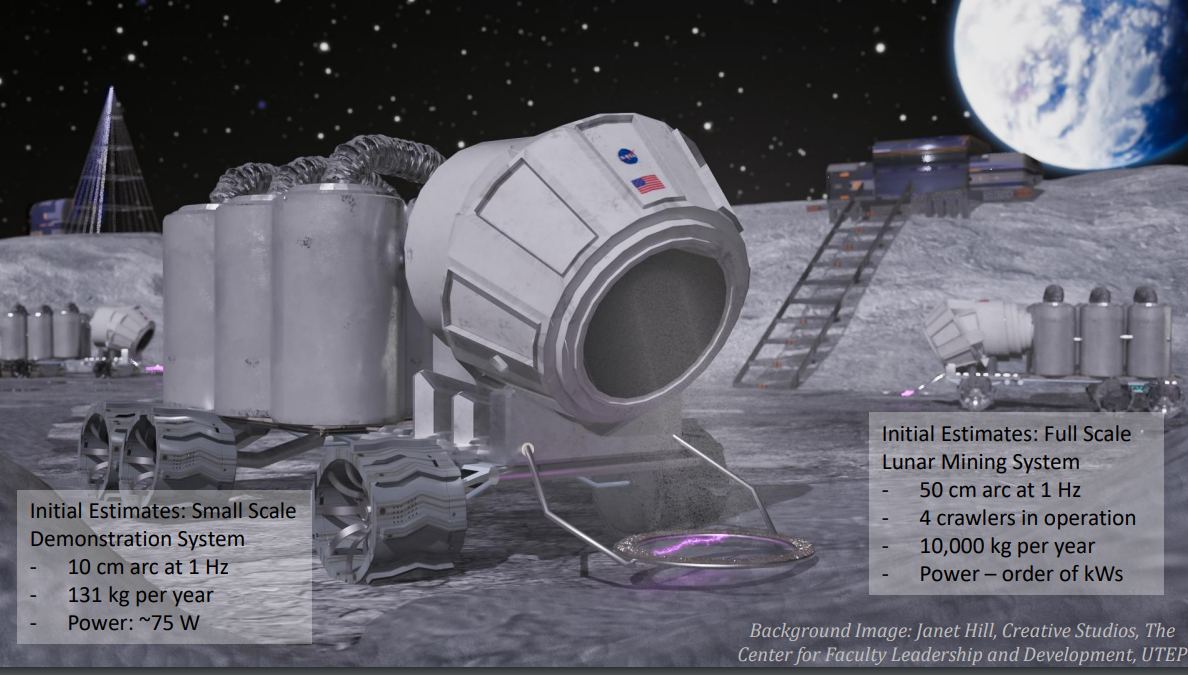
Continue reading
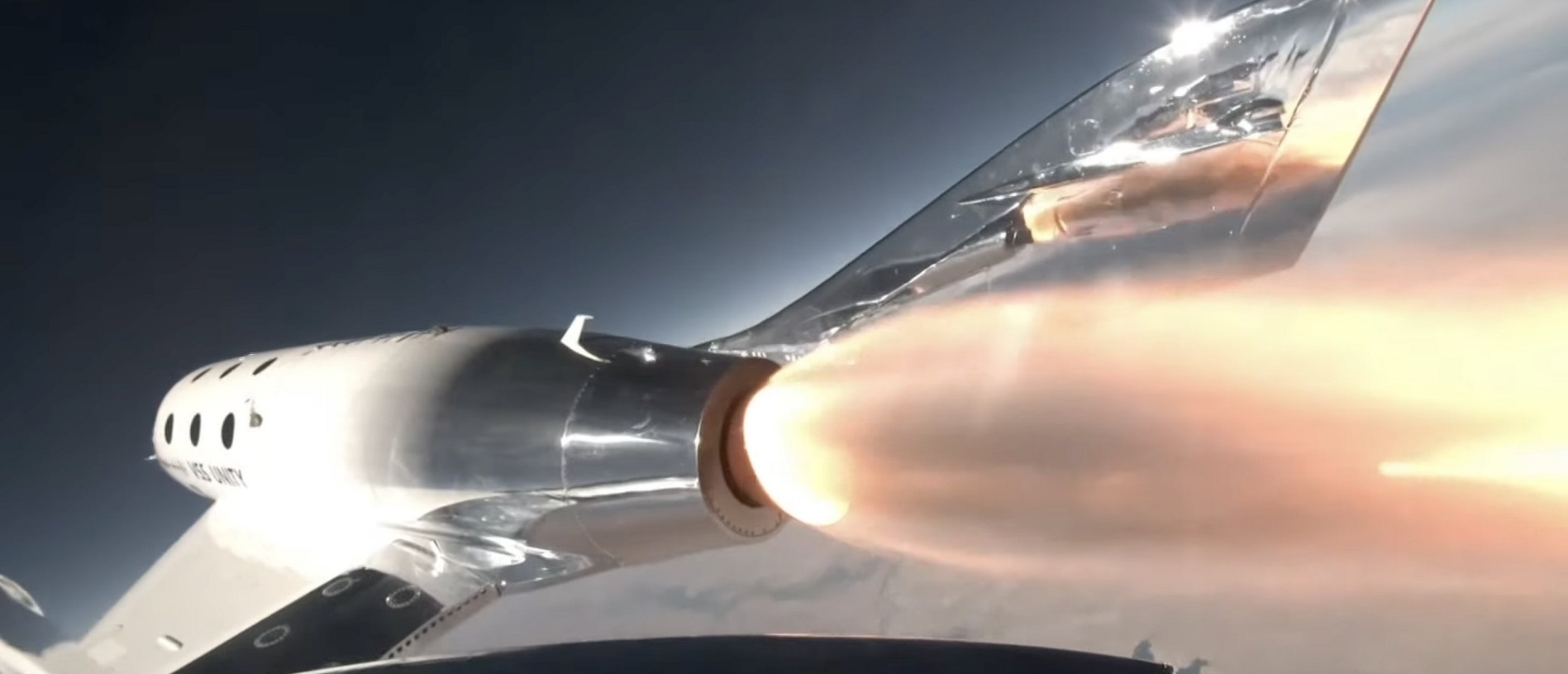
Continue reading
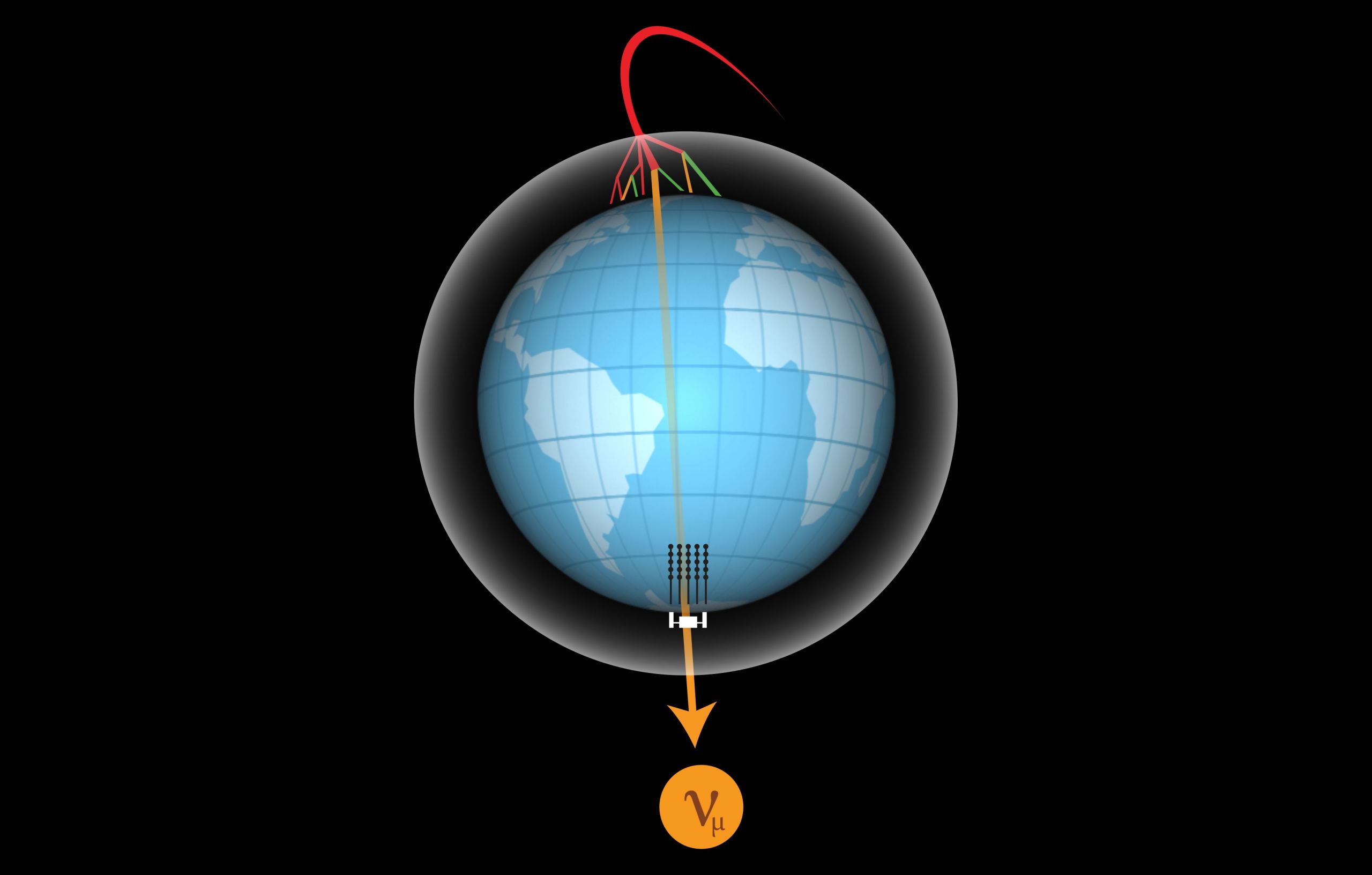
If dark matter is made of heavy particles, they could become captured by the gravitational field of massive objects like stars or planets. Constrained in a small area, these particles could crash into one another and annihilate with radiation. Astronomers have searched through 10 years of data captured by the IceCube Neutrino Observatory at the South Pole for any evidence of this dark matter annihilation. Although they didn't detect any evidence, the next generation IceCube Update will significantly improve the search.
Continue reading
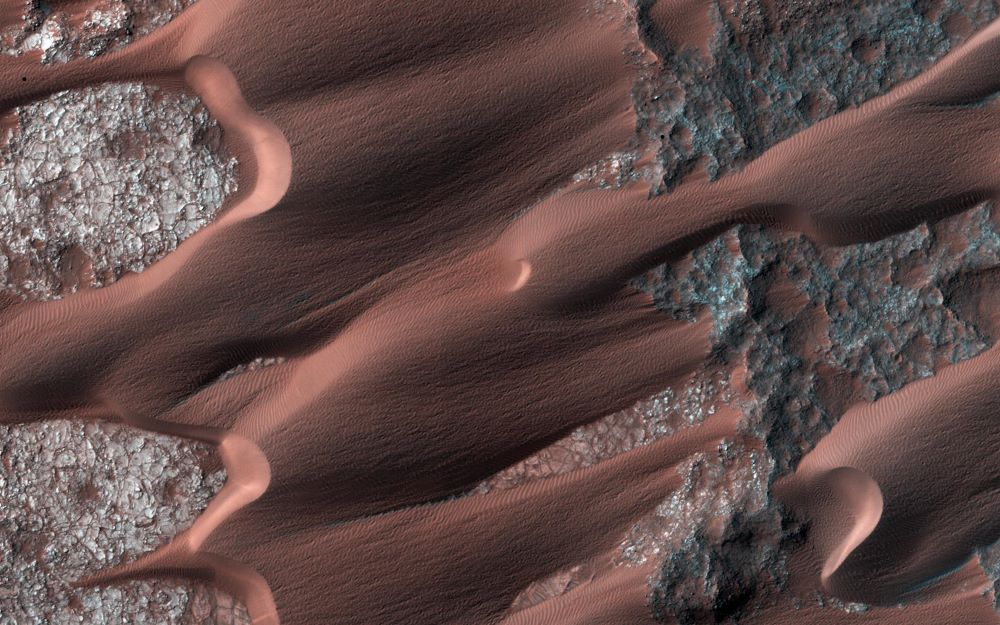
Continue reading

This year's Penn State SETI Summit kicked off with a a lecture on how history will remember SETI pioneer Frank Drake, creator of the famous Drake Equation and leader of Project Ozma.
Continue reading
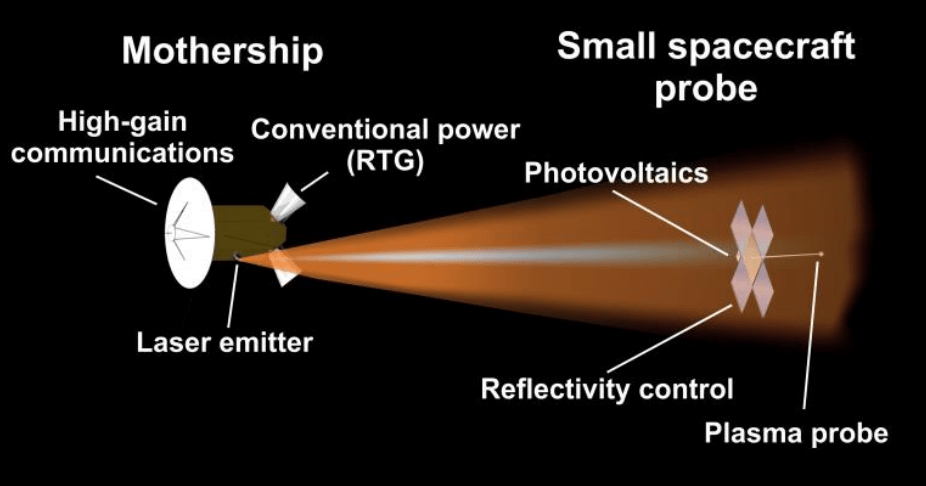
Continue reading
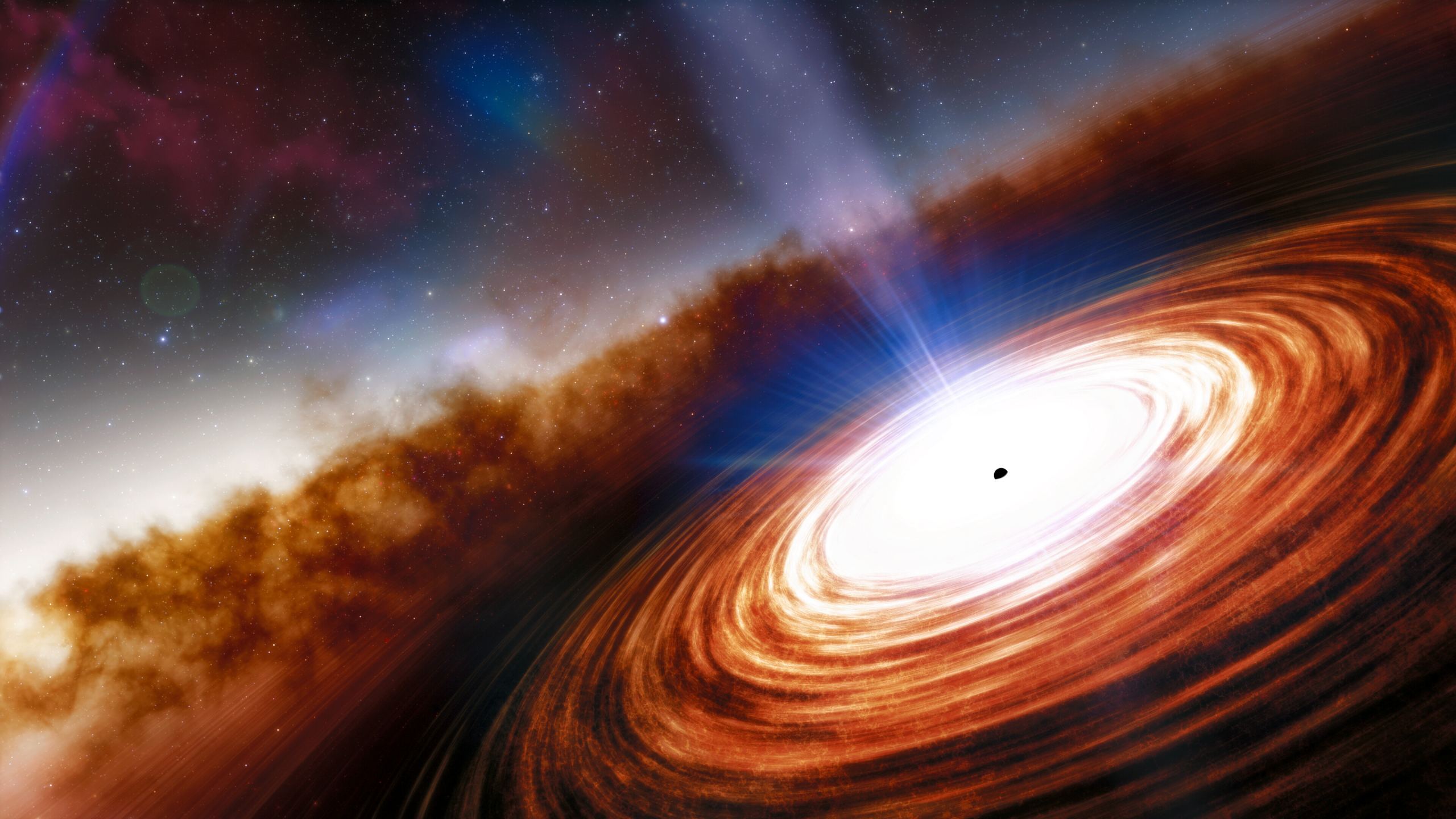
One of the outstanding mysteries in astronomy is how supermassive black holes gained so much mass so early in the Universe. The traditional theory is that stellar mass black holes merge, building up to supermassive levels. Another theory suggests that supermassive black holes might have collapsed directly out of enormous clouds of gas and dust. Astronomers using JWST and Chandra think they've discovered a black hole that's too massive, too early, and could only have formed from direct collapse.
Continue reading
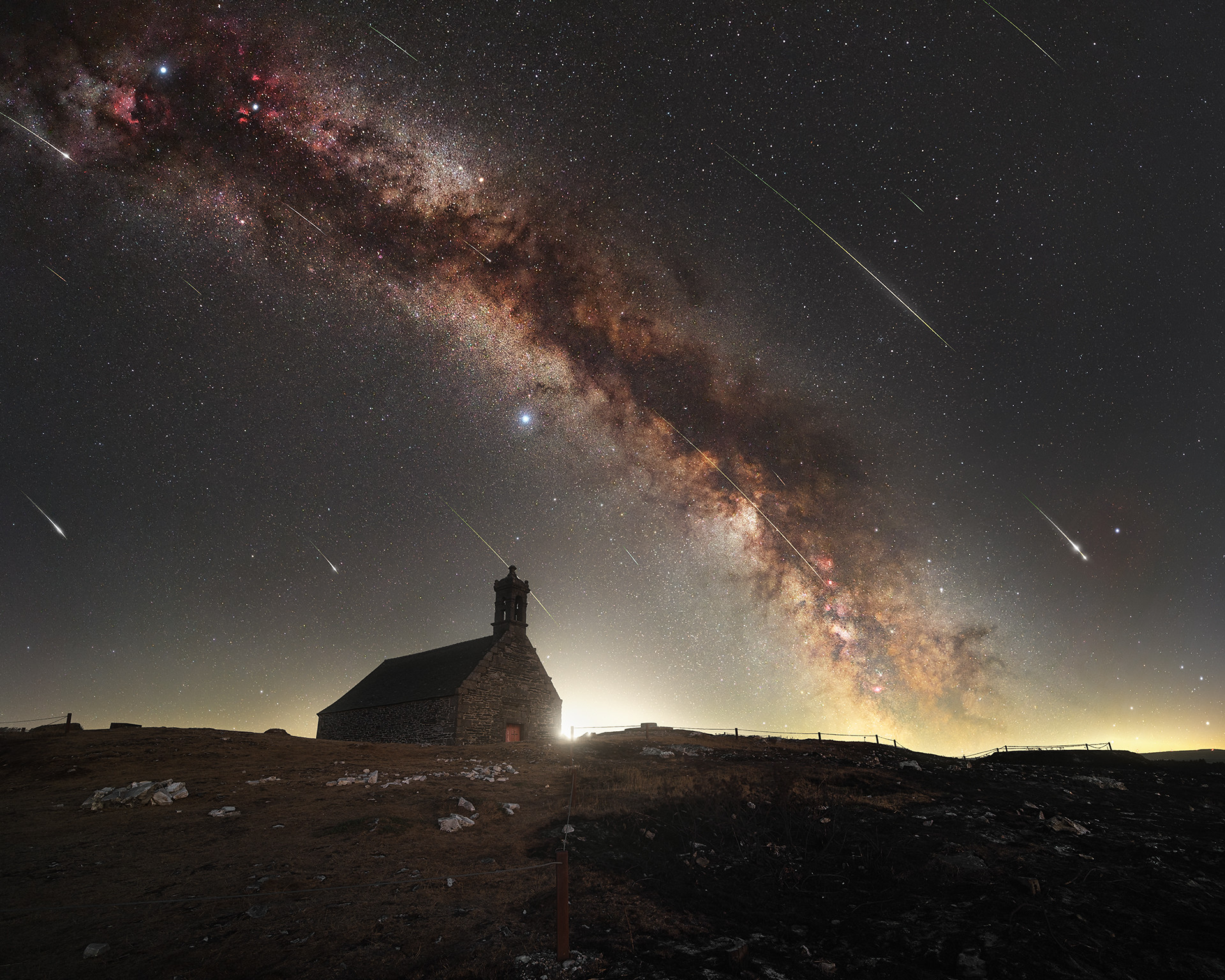
Don't miss one of the best meteor displays of 2023, as the Perseids peak this coming weekend.
Continue reading

Continue reading
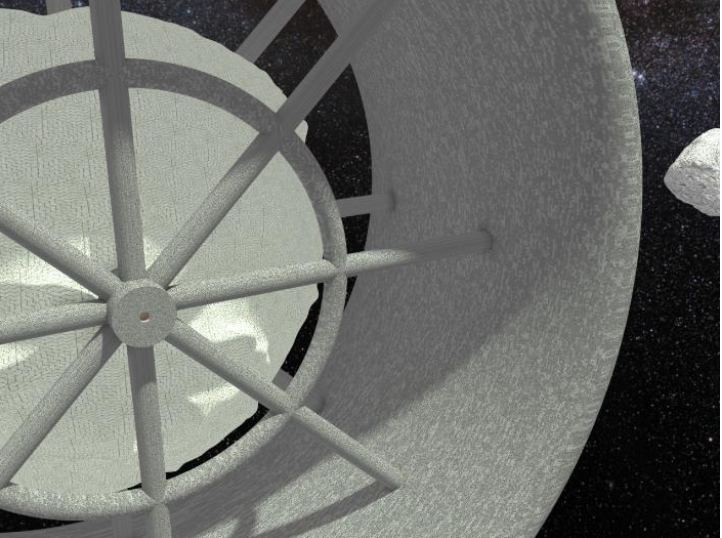
Continue reading

Continue reading

Continue reading
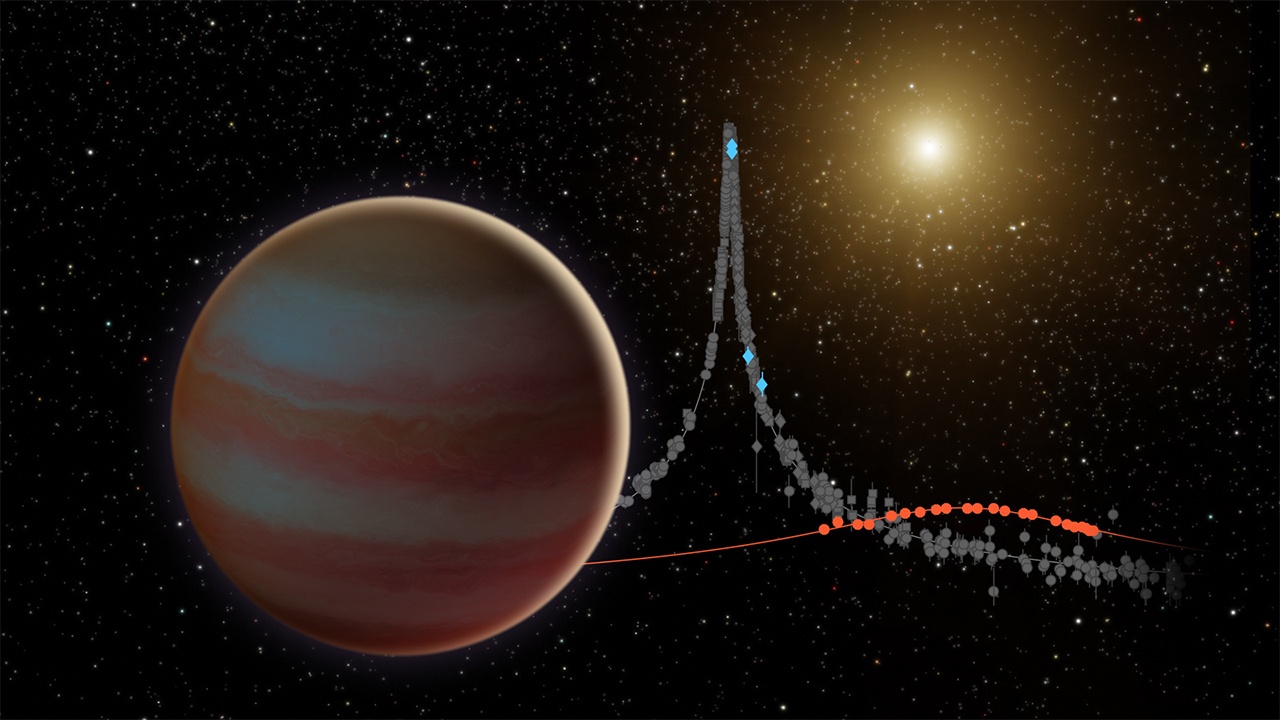
Continue reading
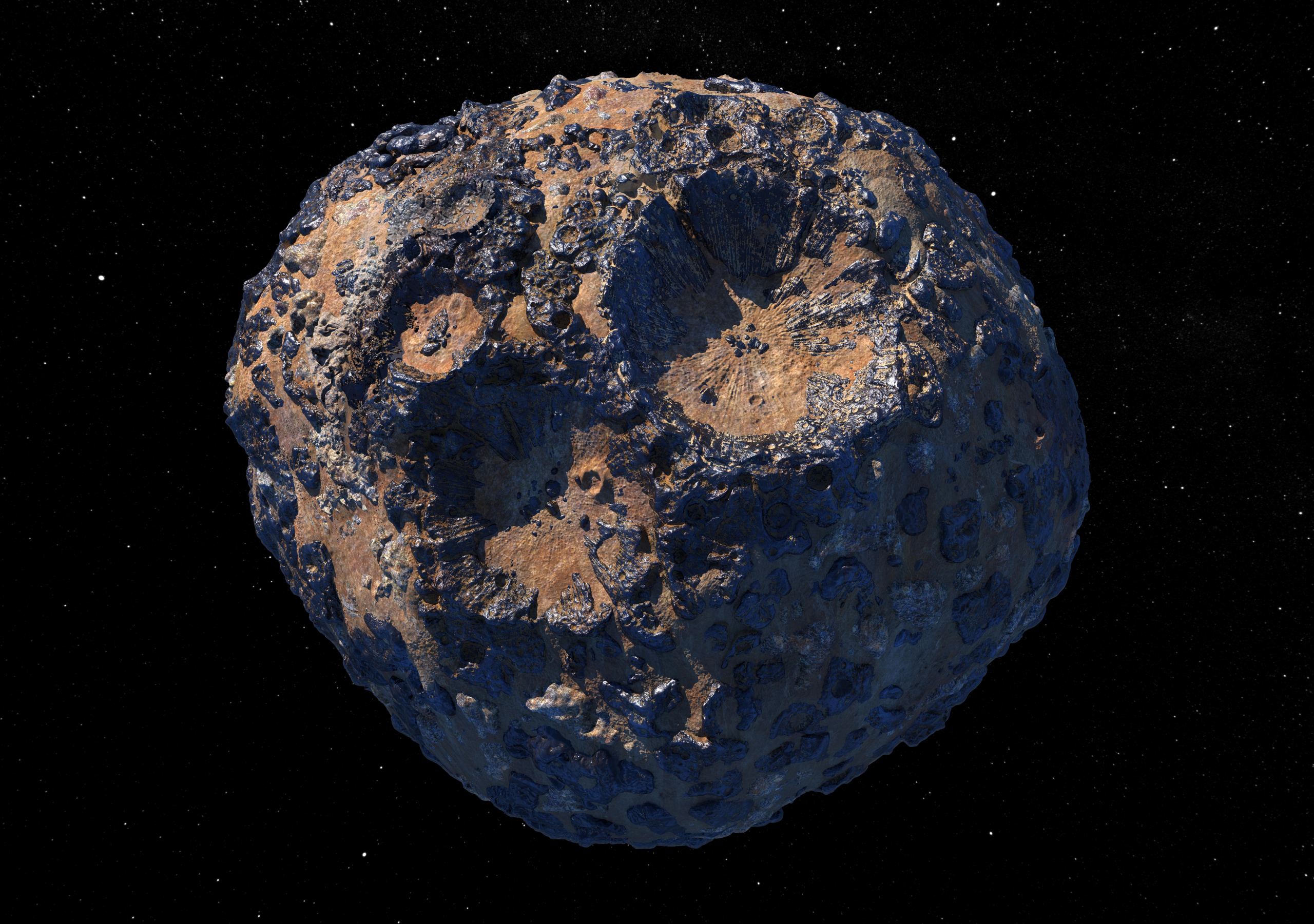
A portion of the metallic meteorites found on Earth have traces of magnetism. This is surprising since you need a larger world with an internal dynamo like the Earth. New research suggests that iron-heavy asteroids can collect into piles of rubble, with other space rocks forming a cold inner pile surrounded by a warmer liquid outer layer. As the core draws heat from the outer layer, it initiates convection and a small magnetic field that is detectable in the iron meteorites billions of years later.
Continue reading
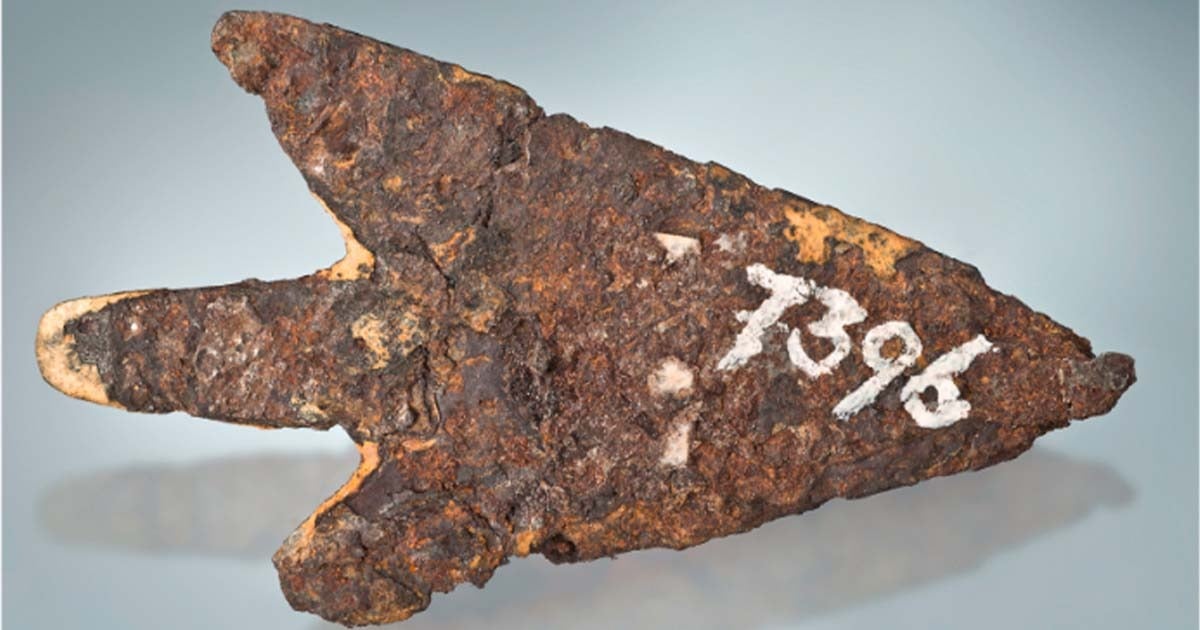
Continue reading

Continue reading

Our modern technological civilization wouldn't have been possible without open-air combustion, which can only happen when atmospheric oxygen levels reach at least 18%. A new study asks if this could be a bottleneck for developing other advanced civilizations. Without at least 18% oxygen, fires won't easily burn, so technologies like steam power and combustion engines wouldn't be possible. Earth has only reached that level of atmospheric composition in the last 500 million years.
Continue reading
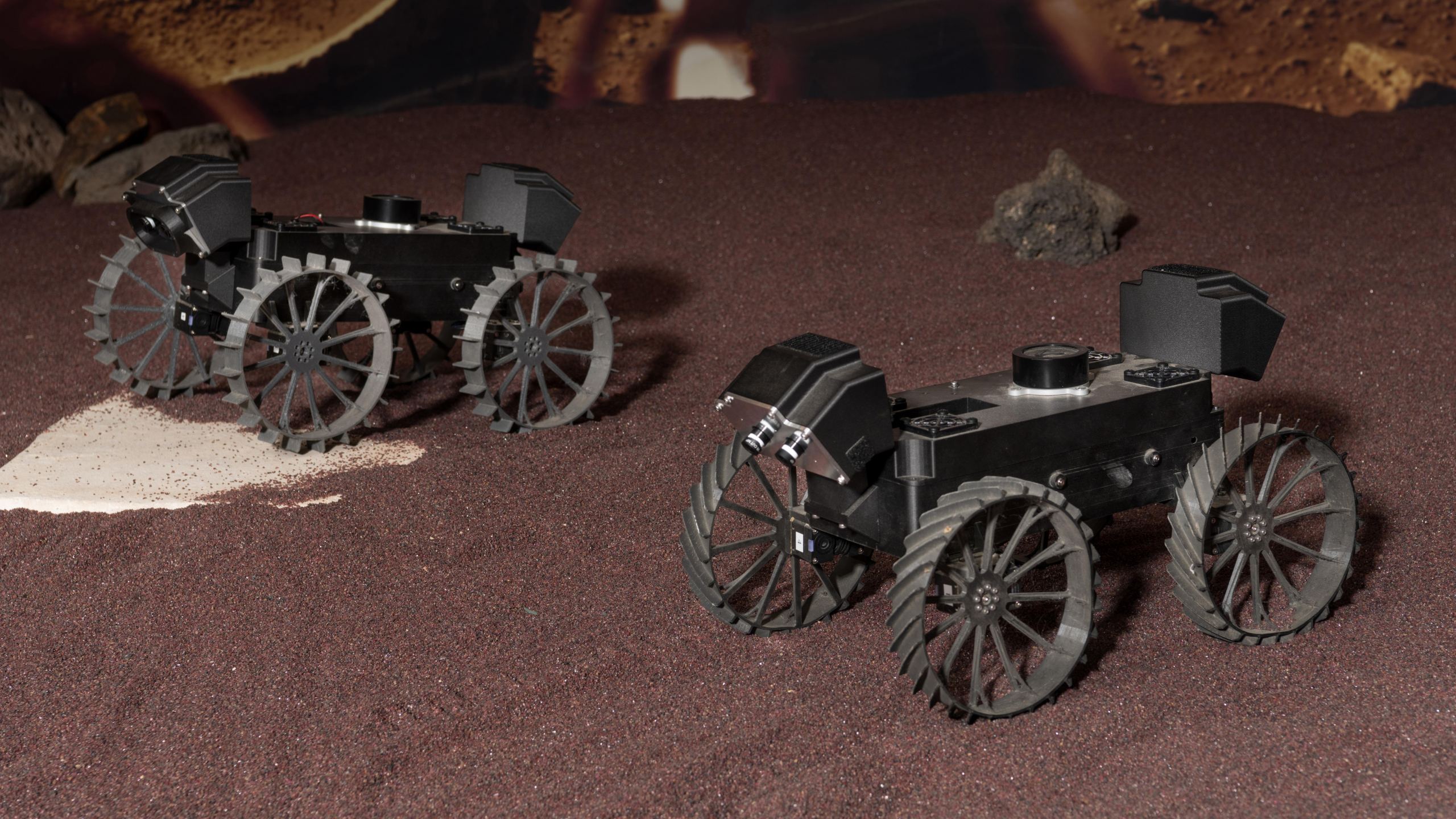
Continue reading

 Universe Today
Universe Today


















